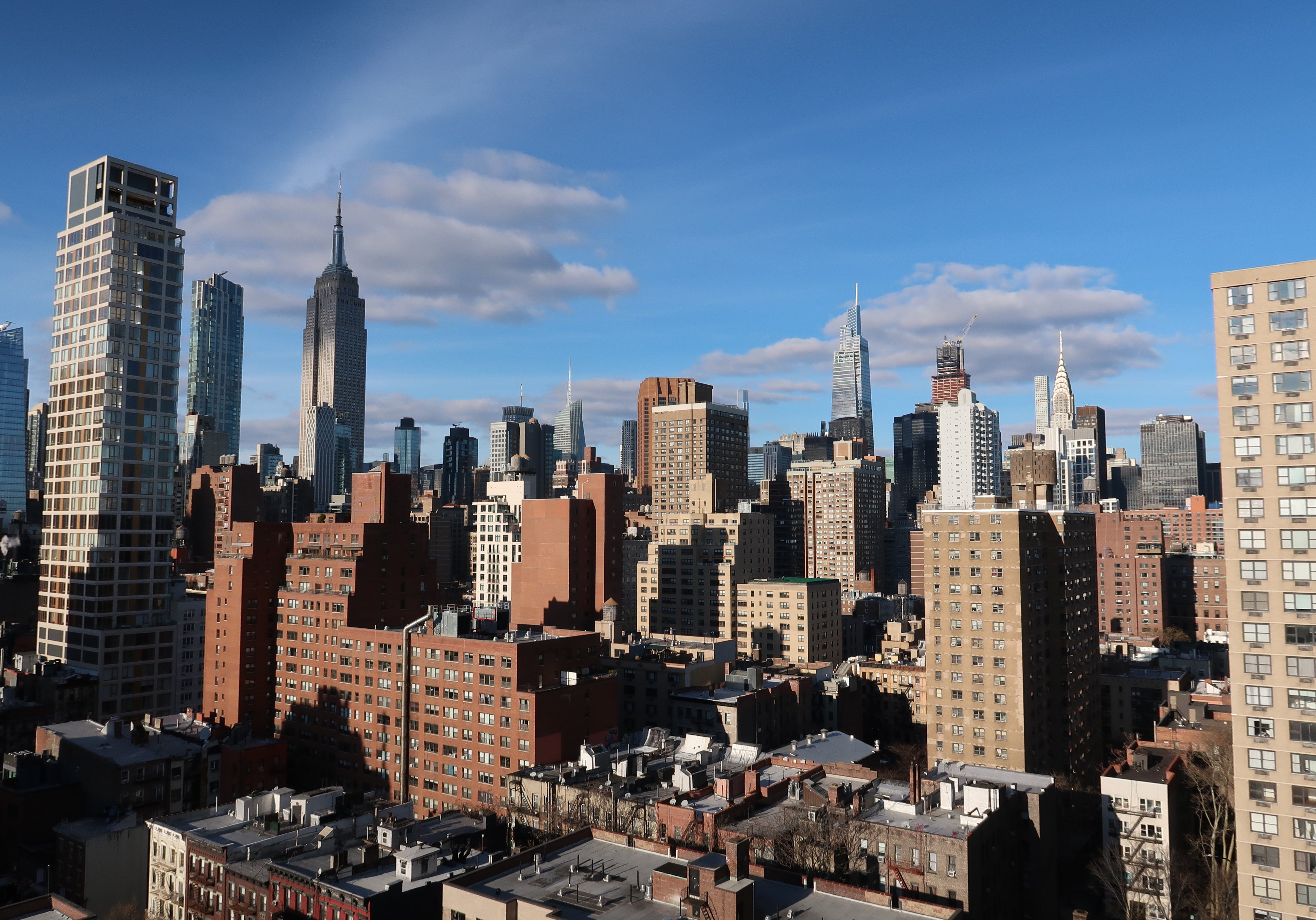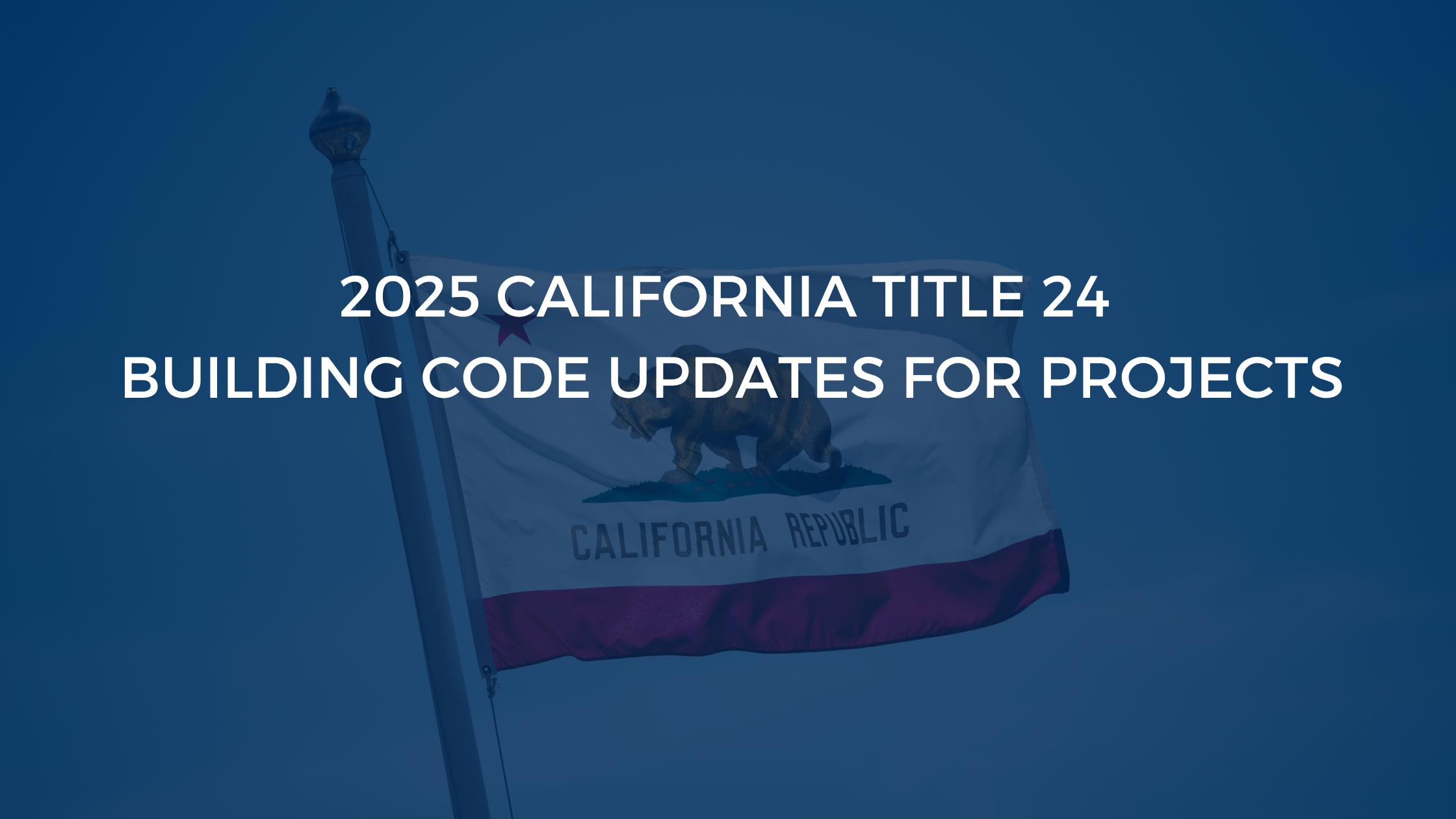As they say, it’s good to have land - especially in Manhattan.
So good, in fact, that land that is not covered by buildings, or at least under development, seems to have ceased to exist in our city. And when New York ran out of land, we went to the next place we could think of - the sky.
When New York City issued the modern zoning resolution in 1961, it codified that in addition to the land beneath your feet, you also owned the sky above it.
Floor to Area Ratio
To be clear, these rights do not extend all the way to the stratosphere (at least not with the current zoning resolution). Every property, depending on its location and size, is bound by a maximum buildable Floor to Area Ratio (FAR). FAR is most simply described as the multiple to which you can build actual floor area in comparison to the size of the piece of the land in question. So a 10,000 sq. ft. lot with a FAR of 5 could build 50,000 square feet of floor space.
History of Air Rights
Some buildings built before the 1961 resolution had significantly higher FARs than would be allowed today. But as they had been given previous approval to soar by the DOB, they were able to remain. What’s more interesting, even, is what happened to those buildings and lots that weren’t as built up as they could be.
This is where the concept of air rights and their transference began. To use our prior example with the 10,000 sq. ft. lot with a FAR of 5—let’s say I have an existing building on the lot that’s 30,000 sq. ft. I therefore have 20,000 sq. ft. of air right remaining. Then, let’s say your neighbor recently demolished his building and wants to build a new one. You can take advantage of the excess 20K plot by selling it to him or her; and assuming they have the same plot size and allowable FAR, your neighbor can now build a 70,000 sq. ft. building.
In reality, arrangements like this had existed prior to the zoning resolution—both 600 Fifth Ave and the Empire State Building were built in part by purchasing air rights around them, but in today’s super competitive market, with condominiums selling for thousands of dollars per square foot, the market for every square foot of building rights is fierce. To compound matters further, the higher floors of buildings typically command higher rents, so the profit margin widens with their addition.
However, while the basic idea might seem simple, the reality is far from it. With the exceptions of landmark and certain historical buildings, or those that reside in a few special districts, (i.e. the Highline area in Chelsea), developers must purchase air rights from adjoining properties that share at least 10 feet of zoning lot with their property (exceptions exist for properties that serve as “pass-through” buildings).
The Red Tape
In order to formalize the arrangement and illustrate the transfer, the parties need to agree upon a Zoning Lot and Development Agreement (ZLDA). When the new building or addition is taking place, Zoning Lot Exhibitions serve to show that all “parties in interest” attest to the zoning lot merger. In addition, the ZLDA documents the metes and bounds of the new lot.
Additionally, an Alteration Type 1 is often required to amend the prior buildings’ Certificate of Occupancy in order to reflect the change in the Certificate of Occupancy. This in itself can be a lengthy process, and requires a survey of the original building in question.
Finally, to complicate the matter further, even if you purchased all the development rights in the world in say, the West Village, you are not going to be able to build a skyscraper. Any new building will be subject to the zoning rules of the area—many have caps on the maximum height and allowable uses (Residential, Commercial, or Manufacturing). If you’re in a landmark district, there’s a formal review process to which you’d need to submit drawings and plans before building—and they are under no obligation to approve your design.
These are just a brief sample of the hurdles presented when a transfer of air rights is attempted. That said, they are more popular than ever, and you can see their effects in the rise of supertall buildings throughout Manhattan. It would seem that those hurdles are not all together insurmountable. Build on, New York.
Contact Milrose
If you have questions or would like more information on air rights transfers, please contact Milrose Consultants. To stay informed on the latest news impacting the construction and real estate industries, subscribe to our free monthly newsletter.



-3.png)


